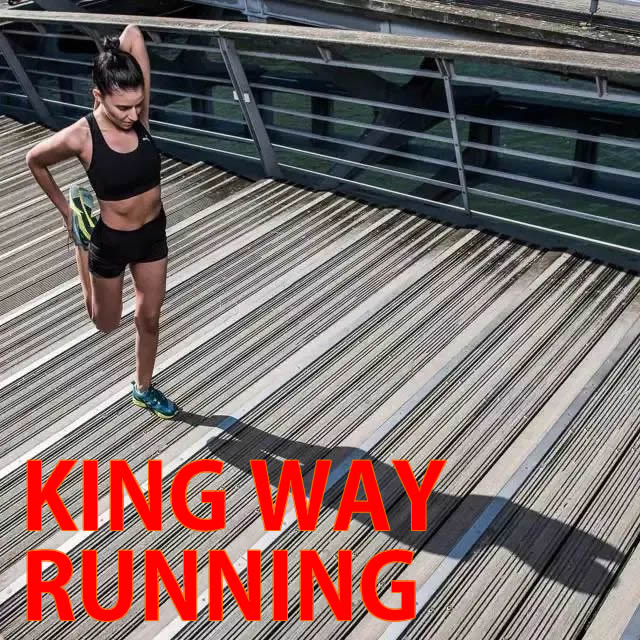When standing upright, the spine bears more than 60% of the weight of the whole body; This part is a weak link of the body, which is easy to cause diseases such as spine, brain and heart.
Traditional Chinese medicine believes that “the general principle is no pain, and the pain is impassable”..
Please rest assured Tapping the meridians, square dancing, Tai Chi, walking…
“Omnipotent” Hegu Point can relieve pain, reduce fever, strengthen lung, eliminate fire and fight aging! ▼▼▼ crawling has “four benefits”: first, it is conducive to the accessibility of Qi.
It is the bane of many diseases Is this kind of crawling really so magical? Let’s first look at the detailed video report of the “Chinese medicine” column of CCTV-4 This is a kind of fitness posture similar to animals landing on all fours.
Are these really related to crawling Meng Qinggui introduced that upright walking is a necessary posture after human evolution, but it is not the only state.
In terms of modern medicine, it is mainly because this action is a systemic coordinated action, which can not only exercise some muscles that are usually used less, but also strengthen the muscles, ligaments, bones and other tissues of the whole body.
Pu Cunxin’s daily exercise is to climb on the ground.
When crawling, Qi can reach all parts of the whole body, especially the limbs.
He himself summed up a set of “needle in hand” exercise methods.
I used to have migraines, but now my head doesn’t hurt.
So, what benefits can crawling fitness bring to people? In the classics of traditional Chinese medicine, ancient famous doctors had a deep understanding of the role of crawling.
Hua Tuo’s “five birds play” imitated animal crawling.
“Climb like an animal, lift your head up, and your knees can’t touch the ground.
According to traditional Chinese medicine, one breath runs through the whole body.
Before new friends read this article, please click the blue font “fitness summary” on the top of this article and then click “pay attention”, so that you can continue to receive the article for free and share it every day.
Crawling fitness is a kind of systemic exercise, which is very in line with the overall concept of traditional Chinese medicine.
Crawling is a primitive instinctive way of human movement, because the first thing human beings learn in infancy is crawling.
What do you usually do with so many exercise and fitness methods Compared with these ordinary exercise methods, there is another way of exercise that may be unfamiliar to most people: crawling.
Participants bend down, bow their backs, hands and feet, and crawl all the way forward on the ground.
It is said that this method of exercise has unique advantages Does this kind of crawling really have fitness effect? Let’s listen to what professionals and people who have done it in person say ~ This paper is directed by Meng Qinggui Pu Cunxin, a rehabilitation medicine expert and director of the first branch of Qiqihar traditional Chinese medicine hospital, Heilongjiang Province: climb 200 steps a day and get rid of cervical spondylosis The actor’s life is almost irregular, but it has not become an obstacle for Pu Cunxin to exercise.
Many physiologists believe that coronary heart disease, hypertension, spondylosis, arthritis, visceral ptosis and other diseases are related to upright.
If I can’t sleep, I’ll get up and climb around and go to bed.” What’s good about crawling? Treat cervical spondylosis, help digestion and promote sleep…
In Chinese traditional martial arts theory, there are actions that imitate animals to crawl, which is why.
Crawl on your limbs alone, 100 steps in the morning and 100 steps in the afternoon!” Pu Cunxin said: “this exercise is good for the cervical spine.
In addition, it also helps digestion and sleep.
From the meridian theory of traditional Chinese medicine, crawling can make Qi run through the whole body, let Qi flow in various organs and meridians, so as to achieve the effect of fitness.
It’s a free subscription.
It is hundreds of times better than running and walking.
Don’t underestimate this kind of crawling.
